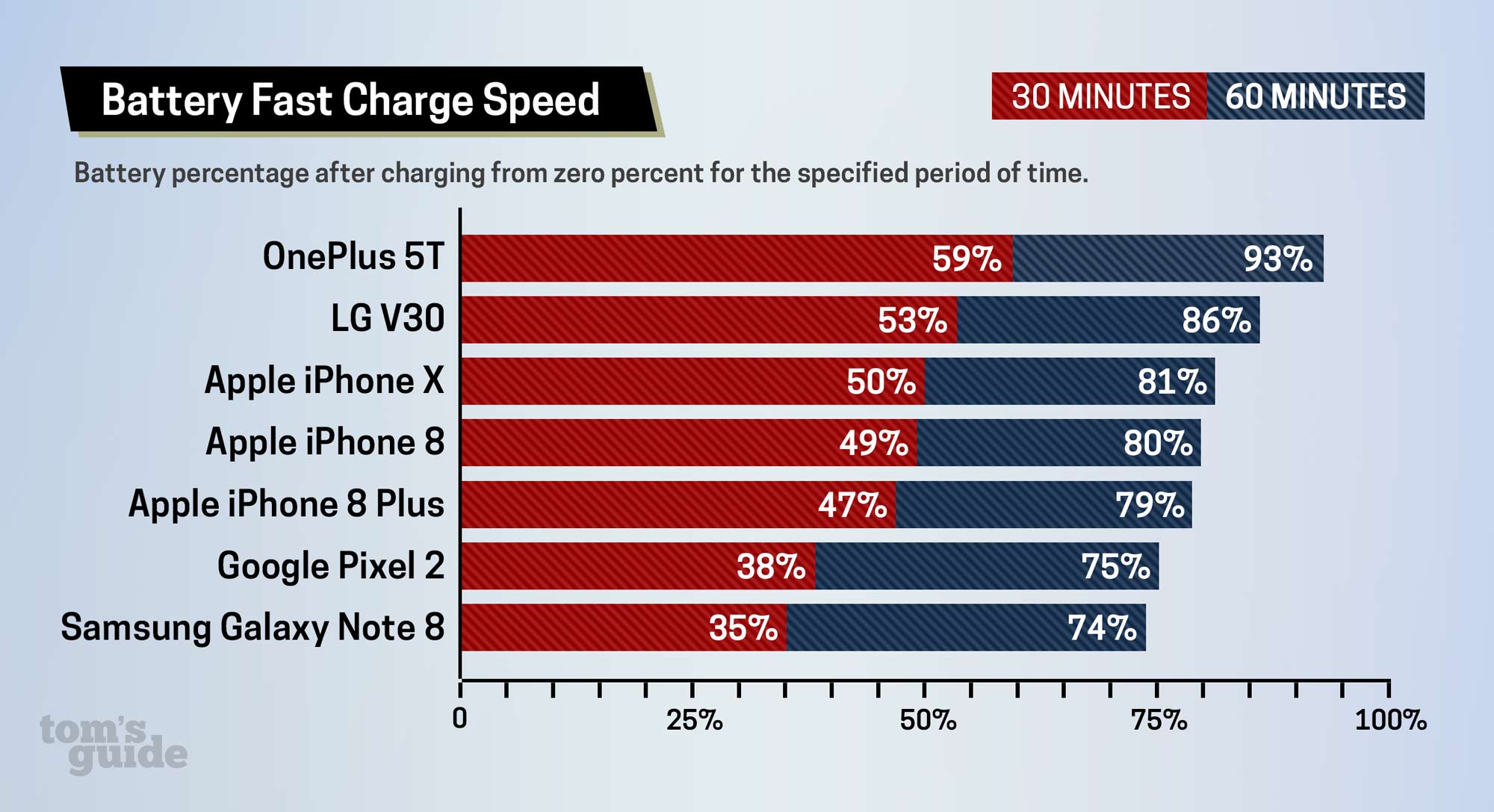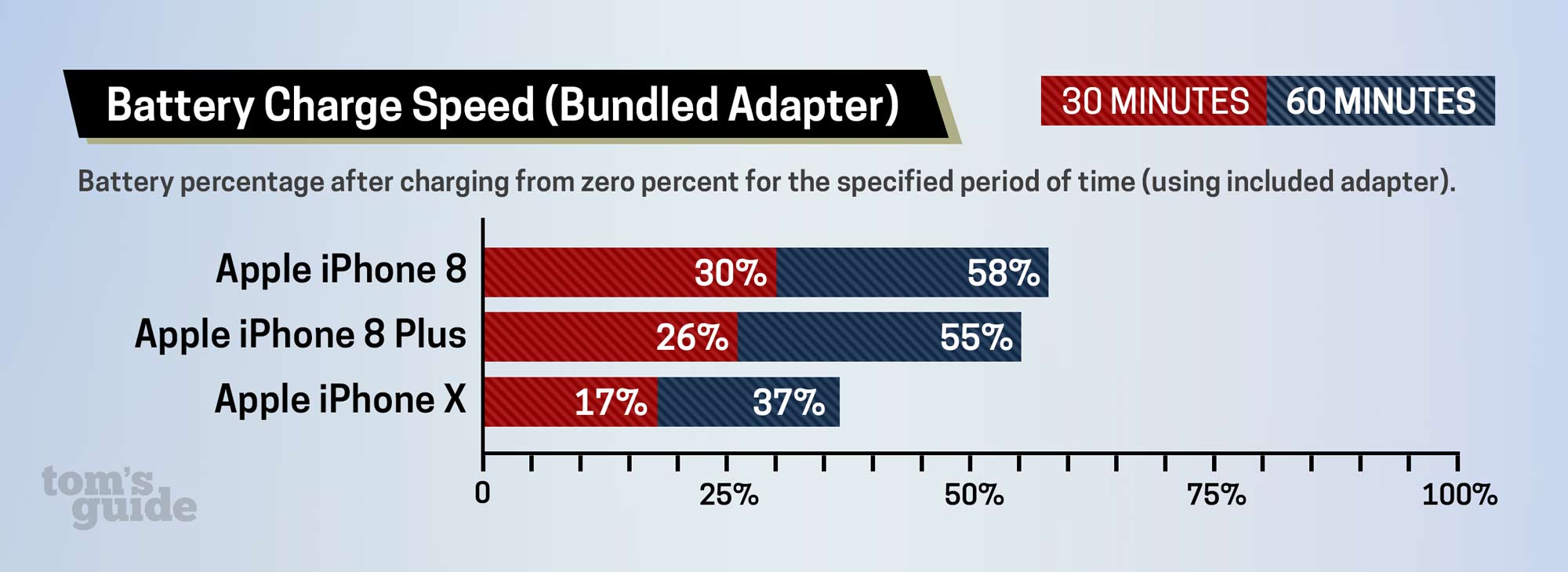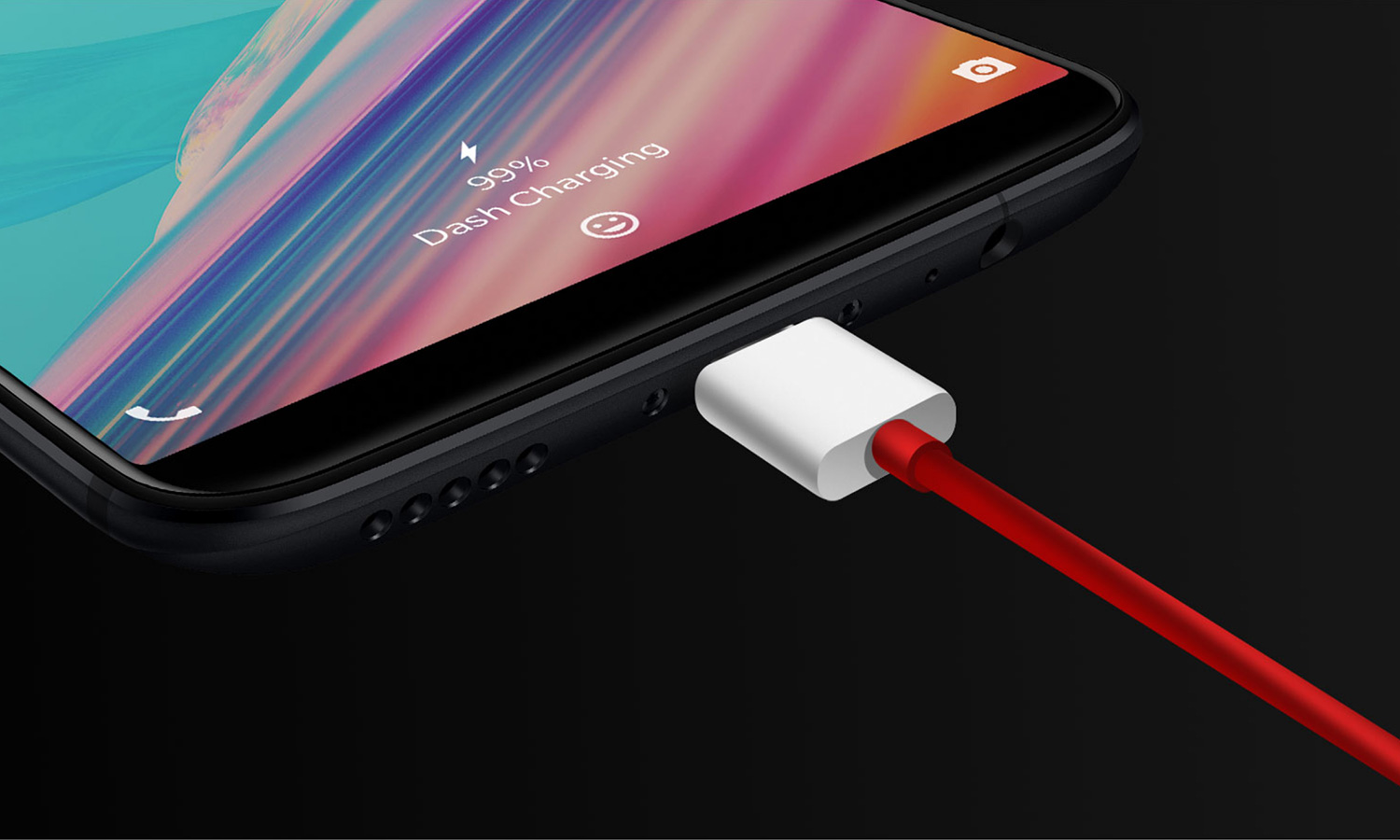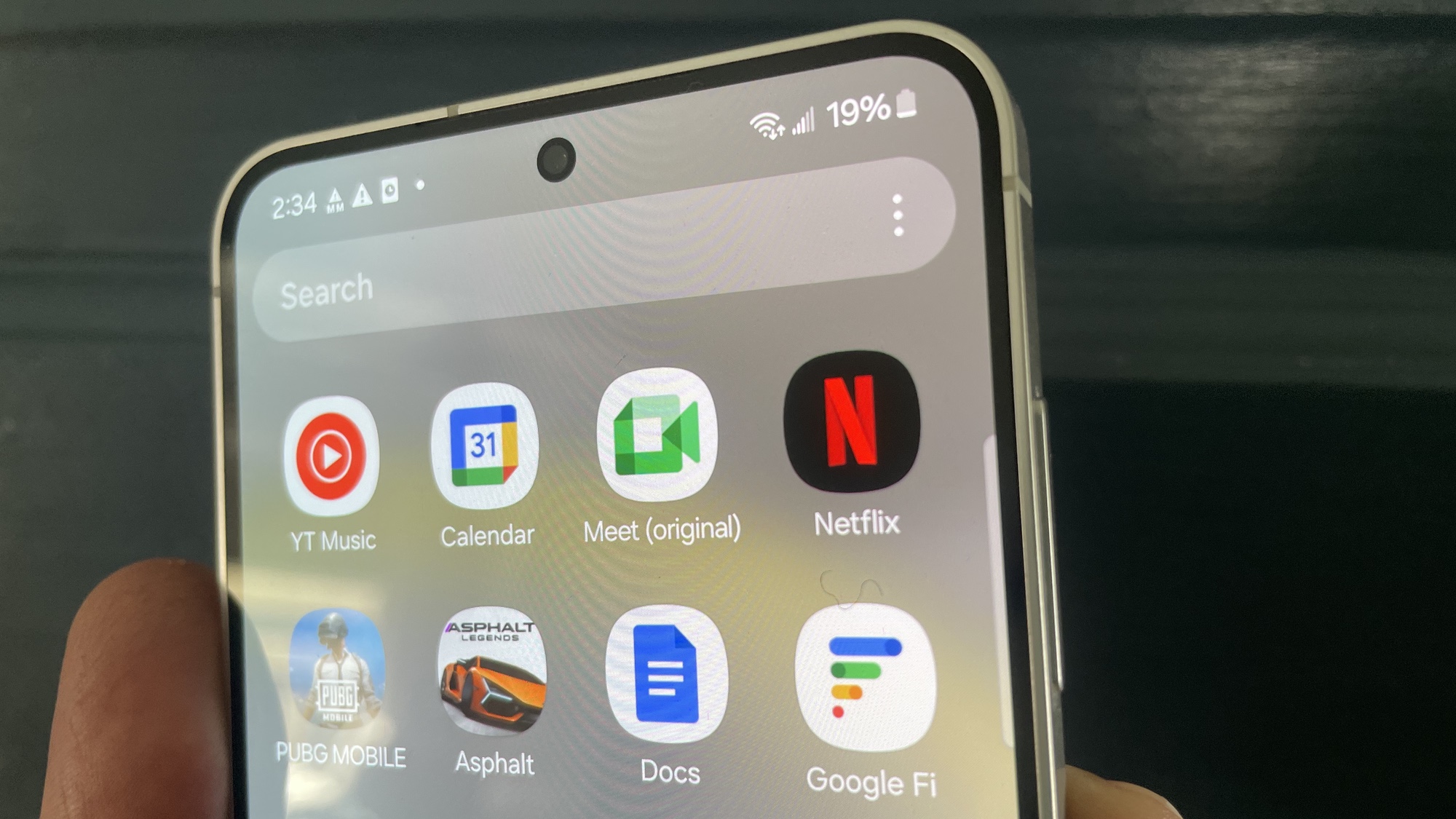Tested: OnePlus 5T Is the Fastest-Charging Smartphone
We tested 10 flagship phones to find out which one charges the fastest, and the OnePlus 5T came out on top.
You just realized that your phone is low on juice, and panic sets in. How much charge can you get in a limited amount of time? We tested 10 of the top flagship phones and found that the OnePlus 5T is the fastest in the land.
Update Dec. 4: We've added information on the battery capacity and battery life for each phone in order to provide context.

The good news is that most of the premium Android phones these days offer some form of quick charging via their USB-C adapters. In the case of the latest iPhones, you can get fast charging, but only if you pay extra for both a 29-watt power adapter and a USB-C-to-Lightning cable (about $68 total). Yes, I'm serious.
For our first round of testing, we wanted to find what battery percentage these phones could reach in 30 minutes of charging with their included adapters. The phones were on, but the screens were turned off. With the iPhone 8, iPhone 8 Plus and iPhone X, we used both the standard AC plug and the fast-charging gear to bring you both sets of results.

The OnePlus 5T led the pack, reaching an impressive 59 percent in 30 minutes. The advantage for the OnePlus? Unlike most other Android phones, it doesn't use Qualcomm's QuickCharge technology. Instead, it employs the proprietary Dash Charge, which delivers higher amperage than QuickCharge and uses dedicated circuitry in the charger itself for heat management. (Android Central has a great explainer on how Dash Charge works.)
The next-best phone in the first round of our testing was the LG V30, at 53 percent. The iPhone X, iPhone 8 and iPhone 8 Plus were all close behind, at 50 percent, 49 percent and 47 percent, respectively, when we used the fast-charging gear Apple sells separately.
Flagship Phone Battery Capacity and Battery Life Compared
| Row 0 - Cell 0 | Battery Capacity | Battery Life* |
| Google Pixel 2 XL | 3,520 mAh | 12:09 |
| Galaxy S8+ | 3,500 mAh | 11:04 |
| Galaxy Note 8 | 3,300 mAh | 11:11 |
| OnePlus 5T | 3,300 mAh | 11:12 |
| LG V30 | 3,300 mAh | 6:30 |
| Galaxy S8 | 3,000 mAh | 10:39 |
| iPhone X | 2,716 mAh | 10:49 |
| Google Pixel 2 | 2,700 mAh | 11:07 |
| iPhone 8 Plus | 2,691 mAh | 11:16 |
| iPhone 8 | 1,821 mAh | 9:54 |
* Based on Tom's Guide web surfing battery test over LTE
However, it's important to note that these iPhones charge slower than the rest of the field even with their included adapters. For instance, the iPhone X hit only 17 percent after 30 minutes.
MORE: Smartphones with the Longest Battery Life
Among other phones, the Galaxy Note 8, S8 and S8+ were all in the same ballpark, at 35 to 38 percent, and the Pixel 2 and Pixel 2 XL had comparable results.

So how about after an hour? The OnePlus 5T once again took the prize, reaching 93 percent in 60 minutes. The LG V30 snagged second place, at 86 percent, and the latest iPhones all vied for third place, though the iPhone X had the most capacity, at 81 percent. And, yes, you could argue that you need to cheat to hit these numbers with the iPhone, because you have to buy extra gear.
Overall, if filling up your phone fast is a top priority, the OnePlus 5T is the champ. And at $499, it's also the most affordable phone you can get that comes with flagship-level specs and performance.
Credit: Tom's Guide
- OnePlus 5T vs Pixel 2: Why OnePlus Wins
- Best Android Apps You're Not Using
- 10 Reasons Android Beats the iPhone
Sign up to get the BEST of Tom's Guide direct to your inbox.
Get instant access to breaking news, the hottest reviews, great deals and helpful tips.
Mark Spoonauer is the global editor in chief of Tom's Guide and has covered technology for over 20 years. In addition to overseeing the direction of Tom's Guide, Mark specializes in covering all things mobile, having reviewed dozens of smartphones and other gadgets. He has spoken at key industry events and appears regularly on TV to discuss the latest trends, including Cheddar, Fox Business and other outlets. Mark was previously editor in chief of Laptop Mag, and his work has appeared in Wired, Popular Science and Inc. Follow him on Twitter at @mspoonauer.
-
chrisbales This is pretty irrelevant without knowing the sizes of the batteries. "Toyota Camry gas tank reaches 50% full WAY before the Ford F250!!" Please consider adding how many mAH you get in the same amount of time. But even that isn't terribly useful without knowing how long the phone will last on that charge. If one phone gets to 50% but only lasts for 2 hours on that charge, while another phone gets to 40% but lasts 4 hours on that charge, now we're talking about real world.Reply -
mtgoodrum Even more interesting when you look at the battery size of each phone.Reply
OnePlus 5t 3300mAh
LG V30 3300mAh
Apple iPhone X 2716mAh
Apple iPhone 8 1821mAh
Apple iPhone 8 Plus 2691mAh
Google Pixel 2 2700 mAh
Samsung Galaxy Note 8 3300mAh -
Mark Spoonauer Thanks for the comments. Knowing the battery capacity is a factor but we still believe people want to know how much charge they can get in a certain amount of time. That’s real world. Also we measure the battery life of every phone we test. Here are the best performers https://www.tomsguide.com/us/smartphones-best-battery-life,review-2857.htmlReply -
fakerz72 WRONG. Real world would be how long your battery would last vs a 1 hr charge. Let's use GSMArena's endurance rating for the pixel 2 and the iphone 8. i8 has 66hr rating, p2 has a 75 hr rating. After one hour of charge, the iphone 8 ends up with 80% of it's 66 hour rating, or 52.8 hours of endurance. The pixel 2 has 75% of it's 75 hr rating, or 56.25 hours of endurance. It's not a big difference but it's still enough to flip the standings.Reply
If someone wanted the most battery life off of a 1 hour charge between these two phones and they just looked at your chart, they would pick the iphone 8 and then have been wrong. That's the real world. One phone at 75% battery can last longer than a phone at 80% battery. That's the real world. -
peter.gharib Knowing the battery size makes a huge difference. Also, I noticed that an aftermarket Quick Charge 3.0 charger seems to charge my phone faster than the stock Samsung charger that came with it in the box, Which apparently is a Quick Charge 2.0.Reply
With an Anker 3.0 Quick Charge charger I can charge my Samsung Galaxy S8 plus from 0 to full in one and a half hours. -
sbharadwaj15 The list is wrong, no mention about oneplus5 and HTC u11 which are obvious mentions. Dash charge is pretty fast than most of the phones on the list.Reply -
Mark Spoonauer Hi, crhisbales, please note we've added the battery capacity and battery life for each phone to provide additional context.Reply
20439503 said:This is pretty irrelevant without knowing the sizes of the batteries. "Toyota Camry gas tank reaches 50% full WAY before the Ford F250!!" Please consider adding how many mAH you get in the same amount of time. But even that isn't terribly useful without knowing how long the phone will last on that charge. If one phone gets to 50% but only lasts for 2 hours on that charge, while another phone gets to 40% but lasts 4 hours on that charge, now we're talking about real world.

